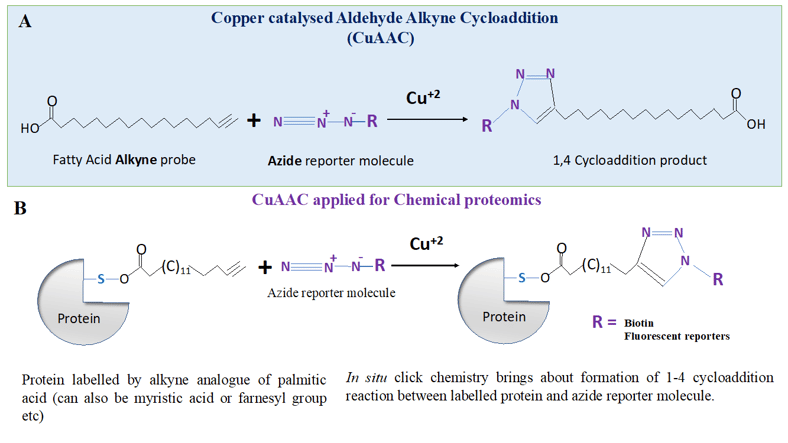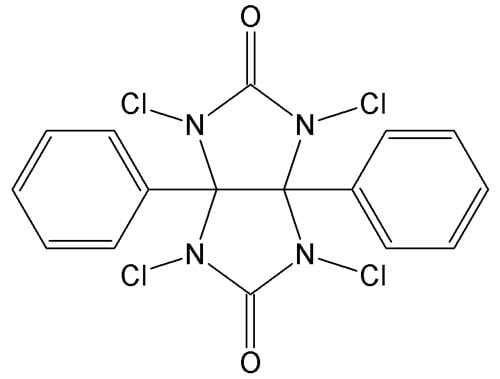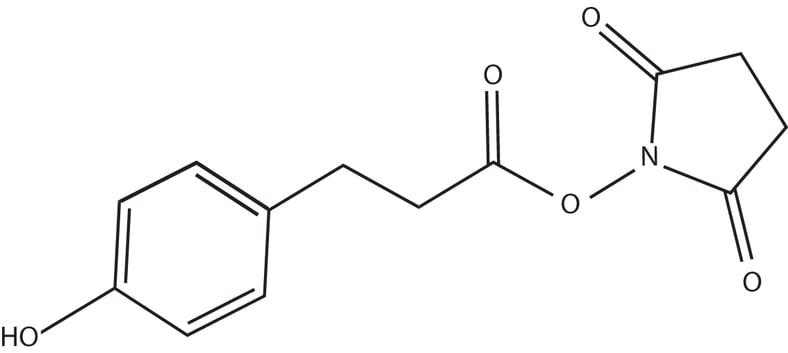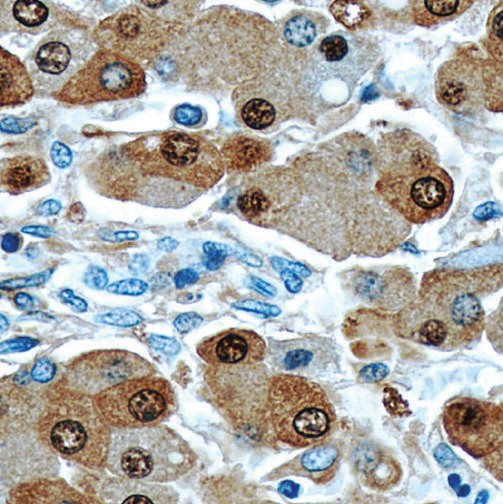Nature has ability to generate an unending array of molecules from very small number of building blocks, even simple microbes such as E. coli have synthetic chemical prowess that can bring the most sophisticated organic chemistry labs to their shame. Inspired by the nature’s ability to knit complex molecules from a small number of building blocks, using simple modular reactions, Berry Sharpless, and his coworkers, defined and invented the area of ‘click chemistry’. Together, Berry Sharpless and M. G Finn redefined the use of simple modular reactions that had already existed to generate new ‘functions’ or properties and termed it as ‘click chemistry’.
Click chemistry and its application to proteomics
Topics: Protein Labeling
1,3,4,6-tetrachloro-3α,6α-diphenylglycoluril (Chloroglycoluril), also known as Iodo-Gen®, is one of the best reagents used for iodination of proteins, hormones, antibodies, viruses, cell membranes, etc. This method was first developed by Fraker et al. This method of iodination with Iodo-Gen® is simple and inexpensive. Iodo-Gen® is water-insoluble and hence used in solid-phase iodination. Iodo-Gen® is used to incorporate radioactive iodine in aromatic amino acids like tyrosine. It iodinates proteins in oxidizing conditions, so there is no need for using excessive reducing agents that affects protein stability. The proteins are not directly subjected to oxidation in this method as the reagent sticks to the wall of the tube and protein is in solution. Either Iodo-Gen® is coated on the walls of glass vials or on polystyrene beads. Iodo-Gen® is dissolved in an organic solvent and the organic solvent is removed from the vial by using nitrogen. The Iodo-Gen® that sticks to the wall of the vial or beads later iodinates proteins in solution. Protein can be separated easily from unreacted reagent as Iodo-Gen® is water-insoluble.
Topics: Protein Labeling
Iodination of Proteins with Bolton-Hunter Reagent
In the radioimmunoassay, high specific radioactive antigens are used as tracers. Iodinated proteins are used to study hormonal interaction with target tissue and immunoglobulin metabolism. The chloramine-t procedure is the oldest method used to iodinate proteins and peptides directly with 125 I, but it is observed that there is a loss of activity of proteins iodinated by this method. The disadvantage of this method is difficulty in iodination of proteins lacking tyrosine residues.
Topics: Protein Labeling
Antibodies have become a great tool for identifying and characterization of different proteins in different model systems using the technique of immunohistochemistry and Western blotting. The precision and sensitivity of these molecules allow us to develop a clear-cut picture of molecular cascades and signalling pathways. The technique of characterization of proteins by immunohistochemistry is very old, however it requires elaborate standardization and rigorous scientific approach to select the right antibodies for the experimental need.
Topics: Protein Labeling, Protein Detection







